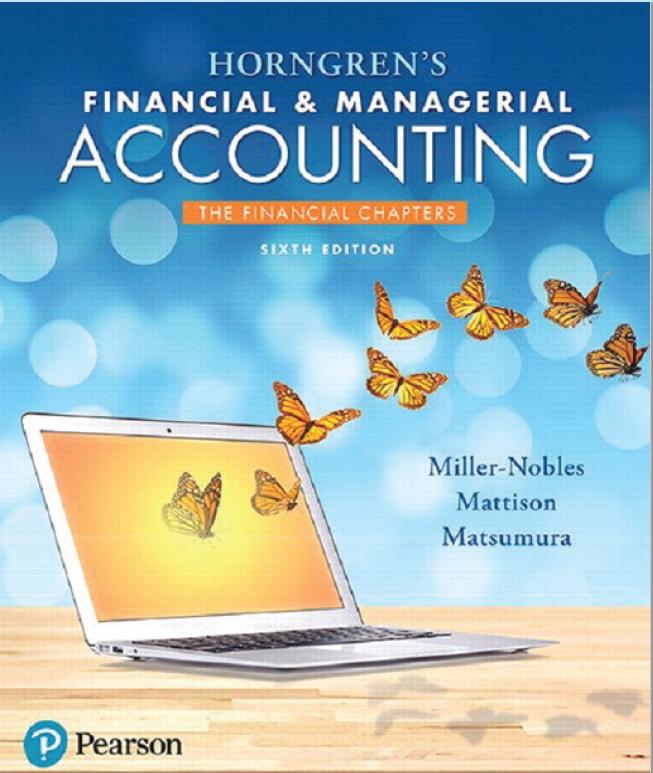Use Target Corporation's Fiscal 2015 Annual Report and the Note 9 data on Credit Card Receivables Transaction
Question:
Use Target Corporation's Fiscal 2015 Annual Report and the Note 9 data on "Credit Card Receivables Transaction" to answer the following questions. Visit www.pearsonhighered.com/Horngren to view a link to Target Corporation's annual report.
Requirements
1. How much accounts receivable did Target report on its balance sheet as of January 30, 2016? As of January 31, 2015?
2. Target accepts customer payments via Target brand credit cards. Refer to Note 9,
"Credit Card Receivables Transaction." How does Target account for these credit card sales?
3. Refer to Note 9. What are the advantages to Target in handling Target brand credit card transactions as it does? What are Target's responsibilities concerning these credit cards?
4. Compute Target's acid-test ratio as of January 30, 2016 and January 31, 2015. Did the ratio improve or deteriorate? For each date, if all the current liabilities came due immediately, could Target pay them?
Accounts ReceivableAccounts receivables are debts owed to your company, usually from sales on credit. Accounts receivable is business asset, the sum of the money owed to you by customers who haven’t paid.The standard procedure in business-to-business sales is that... Balance Sheet
Balance sheet is a statement of the financial position of a business that list all the assets, liabilities, and owner’s equity and shareholder’s equity at a particular point of time. A balance sheet is also called as a “statement of financial...
Step by Step Answer:

Horngrens Financial And Managerial Accounting The Financial Chapters
ISBN: 9780134486840
6th Edition
Authors: Tracie L. Miller Nobles, Brenda L. Mattison, Ella Mae Matsumura





